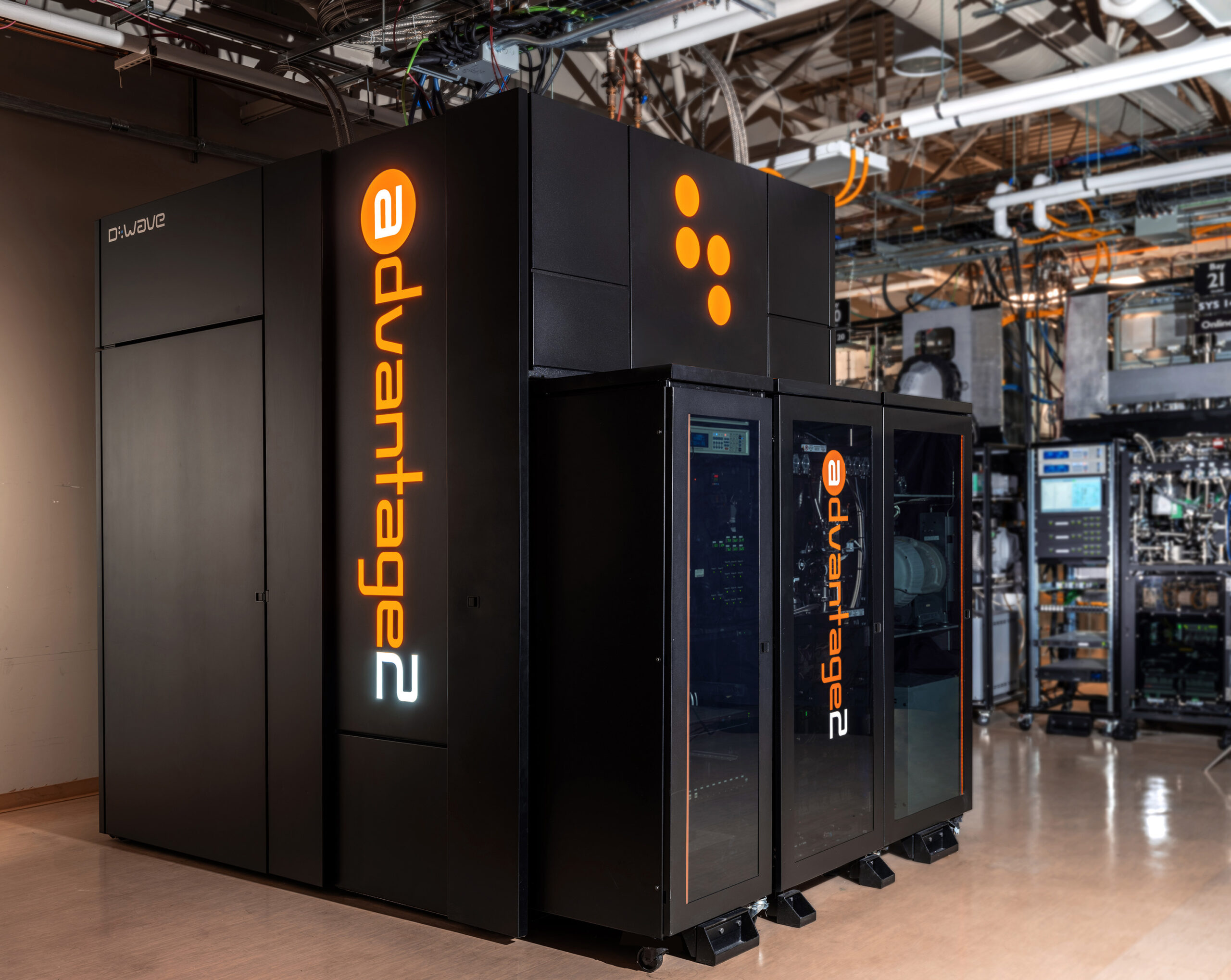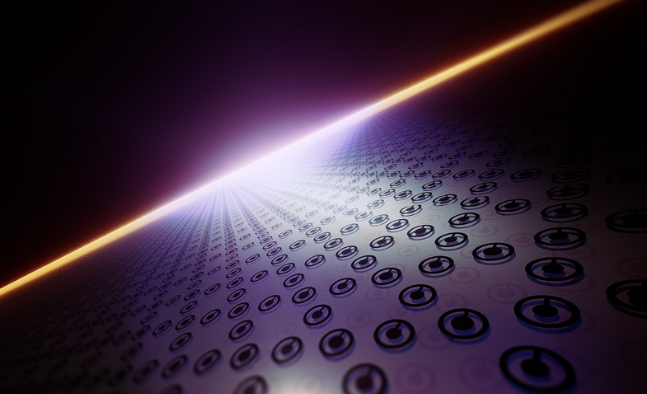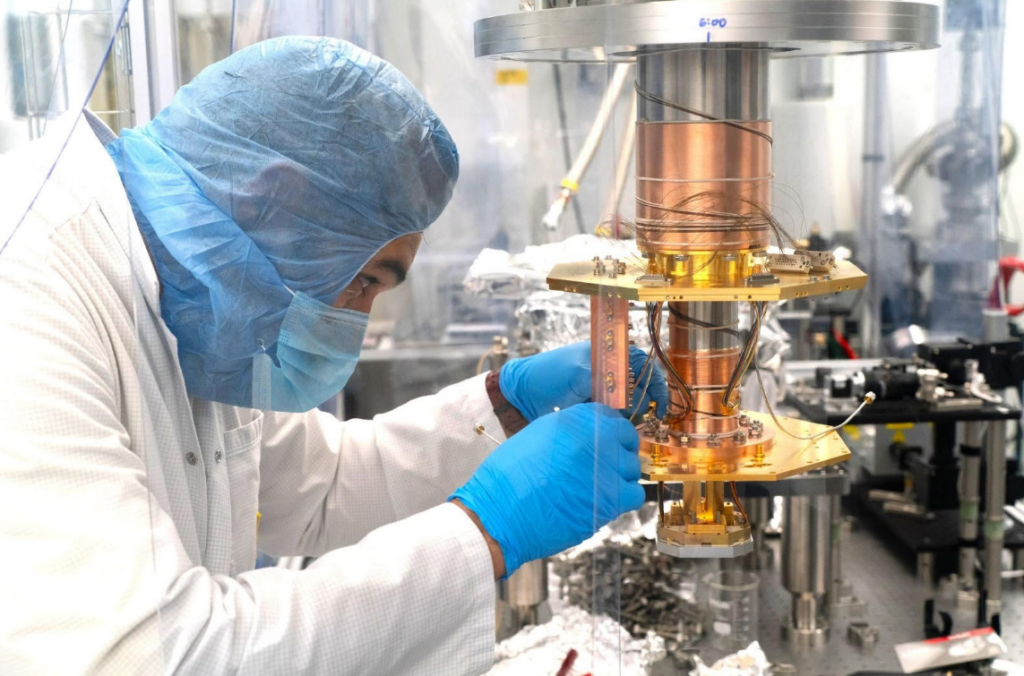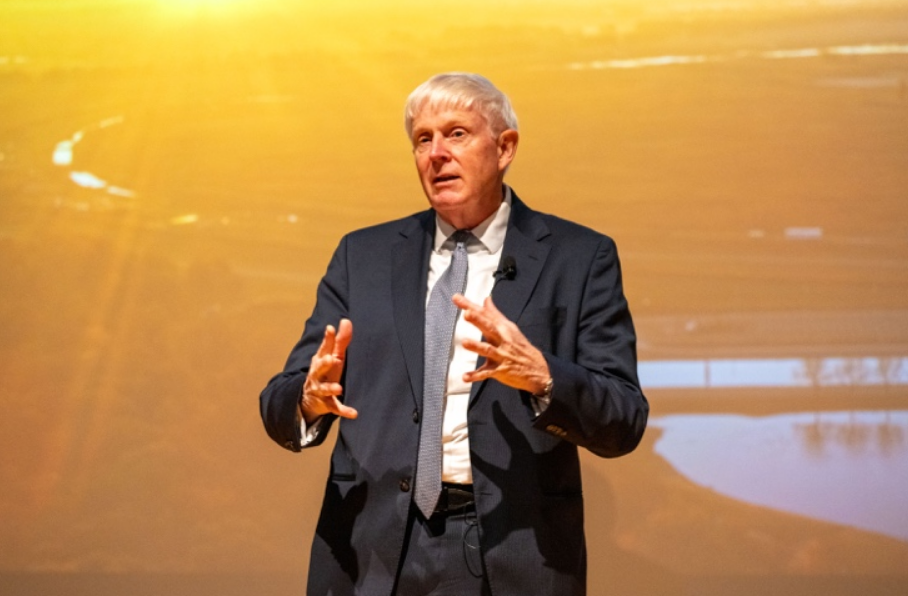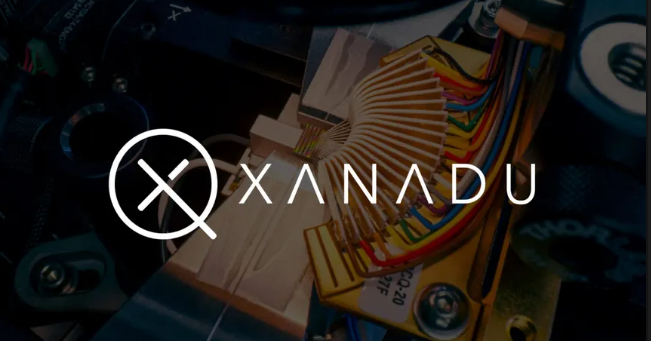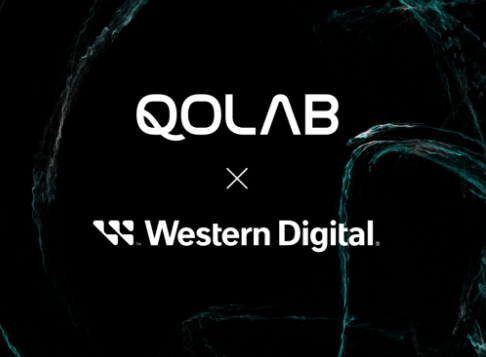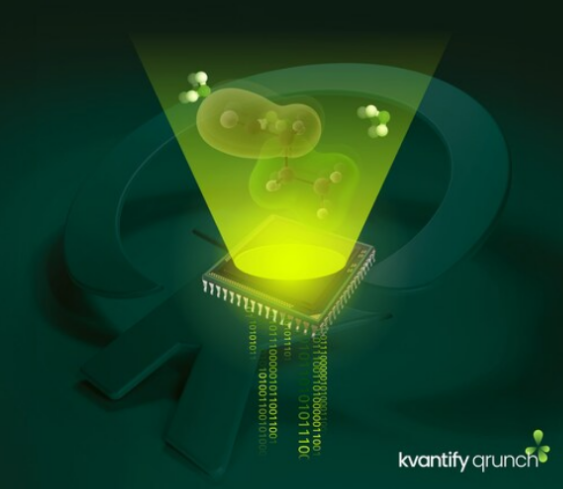Insider Brief
- D-Wave has launched its sixth-generation Advantage2 quantum computer, now generally available via cloud and on-premises deployment.
- The system features improvements in qubit connectivity, coherence, and energy efficiency to support industrial-scale optimization and AI tasks.
- Early users, including Japan Tobacco and Los Alamos National Laboratory, have applied prototypes to problems in drug discovery, materials science, and national security.
D-Wave has made its next-generation quantum computer, Advantage2, generally available to customers, aiming to deliver faster, more efficient solutions to complex industrial problems, according to a company press release.
The Advantage2 system is D-Wave’s sixth-generation 4,400-qubit quantum computer and represents the company’s latest step in advancing a form of quantum computing known as quantum annealing. Unlike more general-purpose quantum processors, which are still in early experimental stages, annealing systems are designed to solve large-scale optimization problems such as route planning, scheduling, and machine learning tasks. These are problems that involve many competing constraints and options—ones that classical computers often struggle to solve efficiently at scale.
According to the press release, Advantage2 includes a series of hardware and architectural improvements that increase the machine’s speed, precision, and usability. Among the changes are a new connectivity scheme among quantum bits (qubits), higher energy levels that improve performance in noisy environments, and a twofold increase in coherence — referring to the amount of time a quantum state remains stable, which directly affects the reliability of calculations.

The new system also introduces a feature called “fast anneal,” which allows the quantum processor to complete calculations quickly while resisting disruptions from its environment, a challenge that often plagues quantum systems.
D-Wave reports that the machine runs on just 12.5 kilowatts of electricity, the same power footprint the company has maintained since its first commercial system, despite the increased performance. That level of energy efficiency, paired with faster solution times, may appeal to enterprise and government customers seeking computational advantages without high operational costs.
Customer Access
Customers can access Advantage2 through D-Wave’s Leap cloud platform, which allows remote use of its quantum systems and hybrid solvers in real time. These solvers are designed to combine classical and quantum processing to handle problems too large for the quantum processor alone. The current version can support up to two million variables and constraints, positioning it for use in logistics, manufacturing, and materials science.
For clients who require direct access, D-Wave is also offering on-premise installation. One such system will be hosted at Davidson Technologies in Huntsville, Alabama, to support U.S. national security-related quantum research. Another is being deployed at the Jülich Supercomputing Centre in Germany, where it will integrate with the continent’s only exascale-class supercomputer, JUPITER, for joint research in quantum and artificial intelligence.
Early users have already begun experimenting with Advantage2 prototypes through Leap, logging over 20 million problem runs since mid-2022. According to D-Wave, usage rose by 134% in the past six months, driven in part by organizations exploring applications in drug discovery, materials research, and network optimization.
Japan Tobacco ran a proof-of-concept project using the prototype to combine quantum computing with artificial intelligence for pharmaceutical development. Other institutions, such as Los Alamos National Laboratory and the Jülich Center, have used the early versions for research in magnetism, condensed matter physics, and AI benchmarking.
With the full Advantage2 system now operational, D-Wave is positioning itself as one of the few quantum hardware providers offering a commercial-scale system in active use. While general-purpose quantum computing remains years away from wide deployment, annealing-based machines like D-Wave’s are being pitched as immediately applicable for specific, high-value tasks in industry.
The company’s strategy centers on real-world integration, aiming to shift quantum from an experimental tool to a production technology embedded in enterprise and government operations.
Support From Advantage2 Prototype Users
Carleton Coffrin, Senior Scientist, Los Alamos National Laboratory (LANL)
“I lead a significant R&D effort at LANL to explore the use of analog quantum computers for scientific discovery in condensed matter theory and magnetic materials. We currently use the Advantage2 prototype system, which has yielded a variety of interesting technical results that are currently being prepared for peer review. The team is eager to work on the full-scale Advantage2 system to further this research.”
Dale Moore, President and CEO, Davidson Technologies
“We are thrilled to host an Advantage2 annealing quantum computer on-premises at Davidson headquarters in Huntsville, Alabama. We believe this system offers an important new pathway for the development of quantum optimization applications designed to support mission-critical challenges and national security-focused quantum research.”
Dr. Masaru Tateno, Chief Scientific Officer of Central Pharma Research Institute at Japan Tobacco
“The impact of bringing quantum together with AI could drive new breakthroughs in life sciences, as demonstrated in our recent proof of concept. The project revealed that D-Wave’s Advantage2 quantum systems can deliver high quality, low energy samples that could drive enhanced performance in generative AI architectures. We look forward to using the full Advantage2 system to accelerate our efforts in achieving Quantum AI-driven drug discovery.”
Learn more and begin using the D-Wave Advantage2 quantum computer today here.

